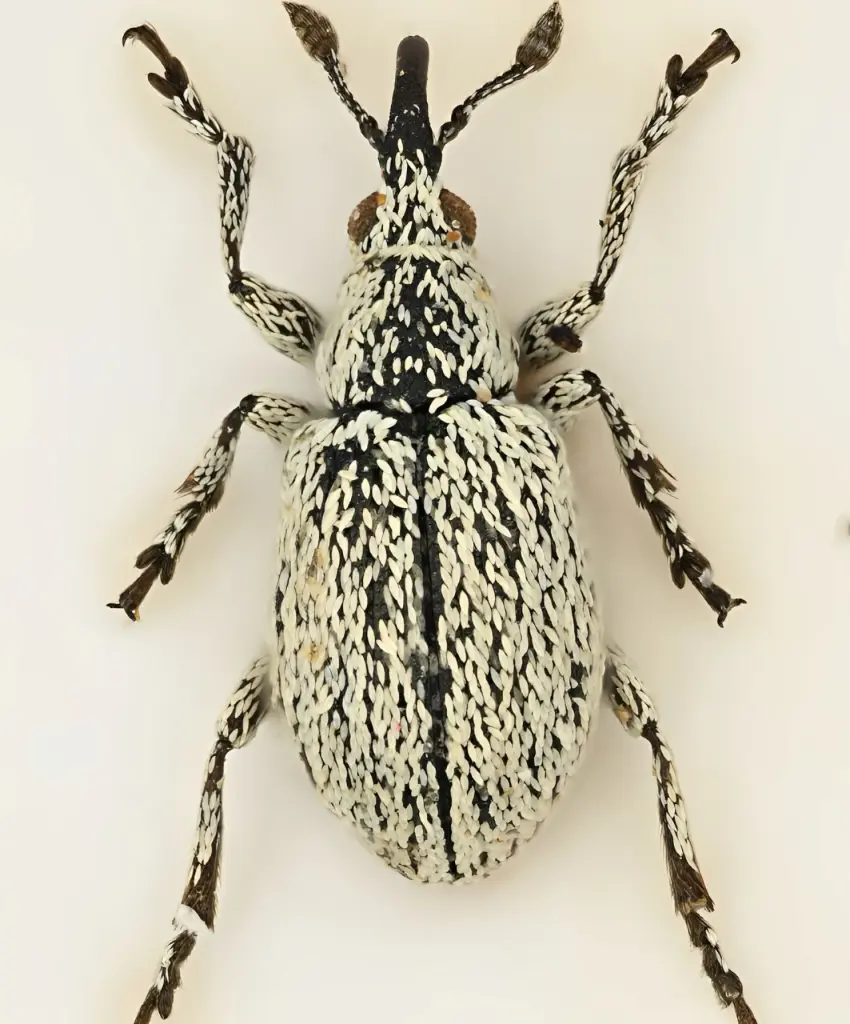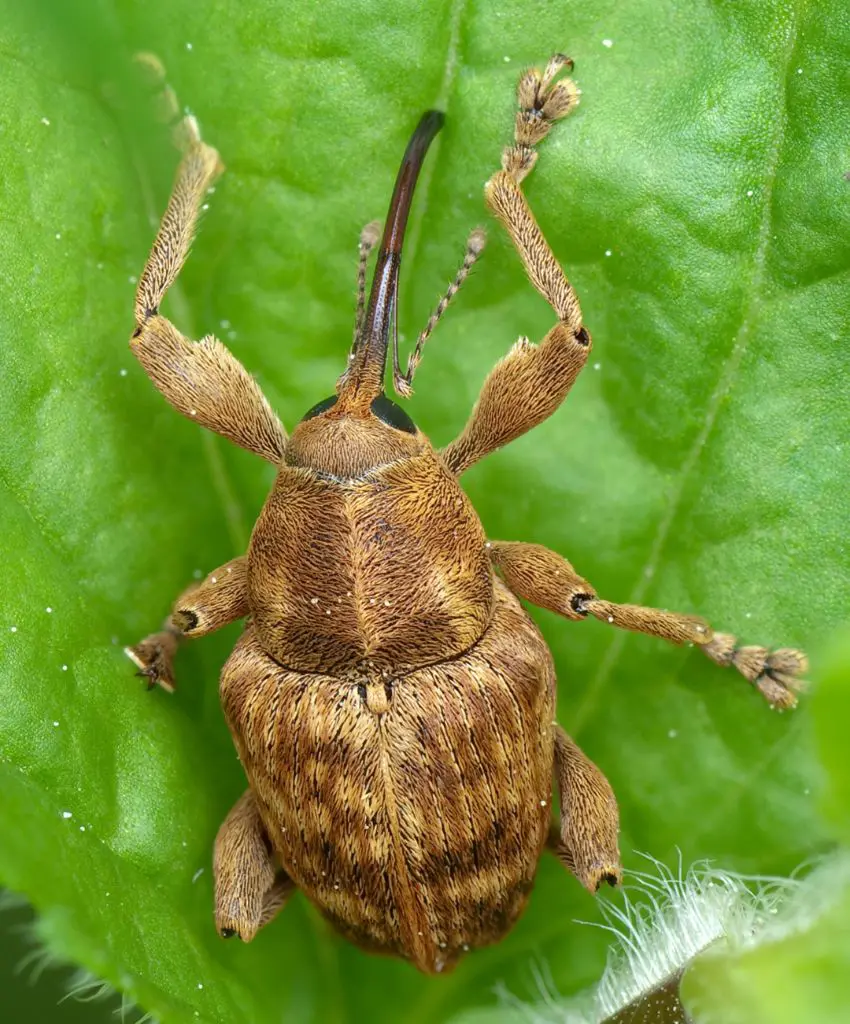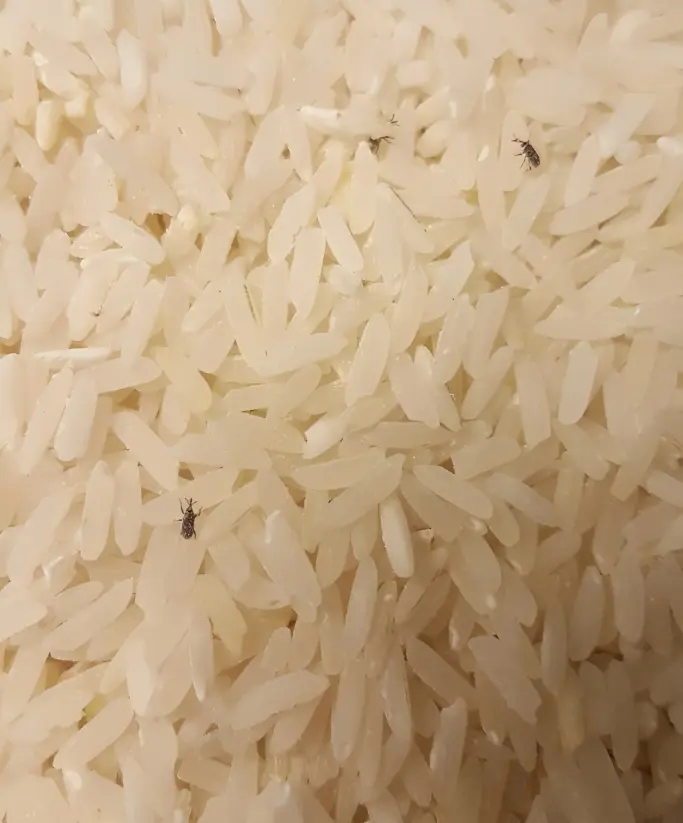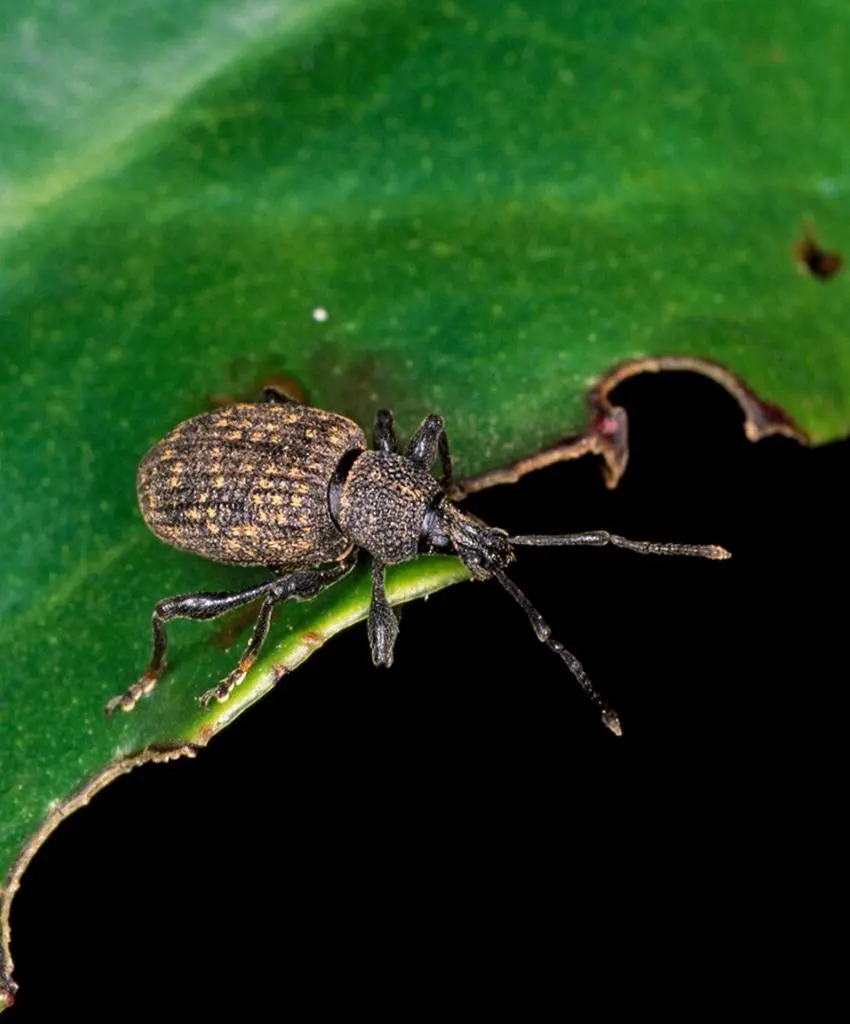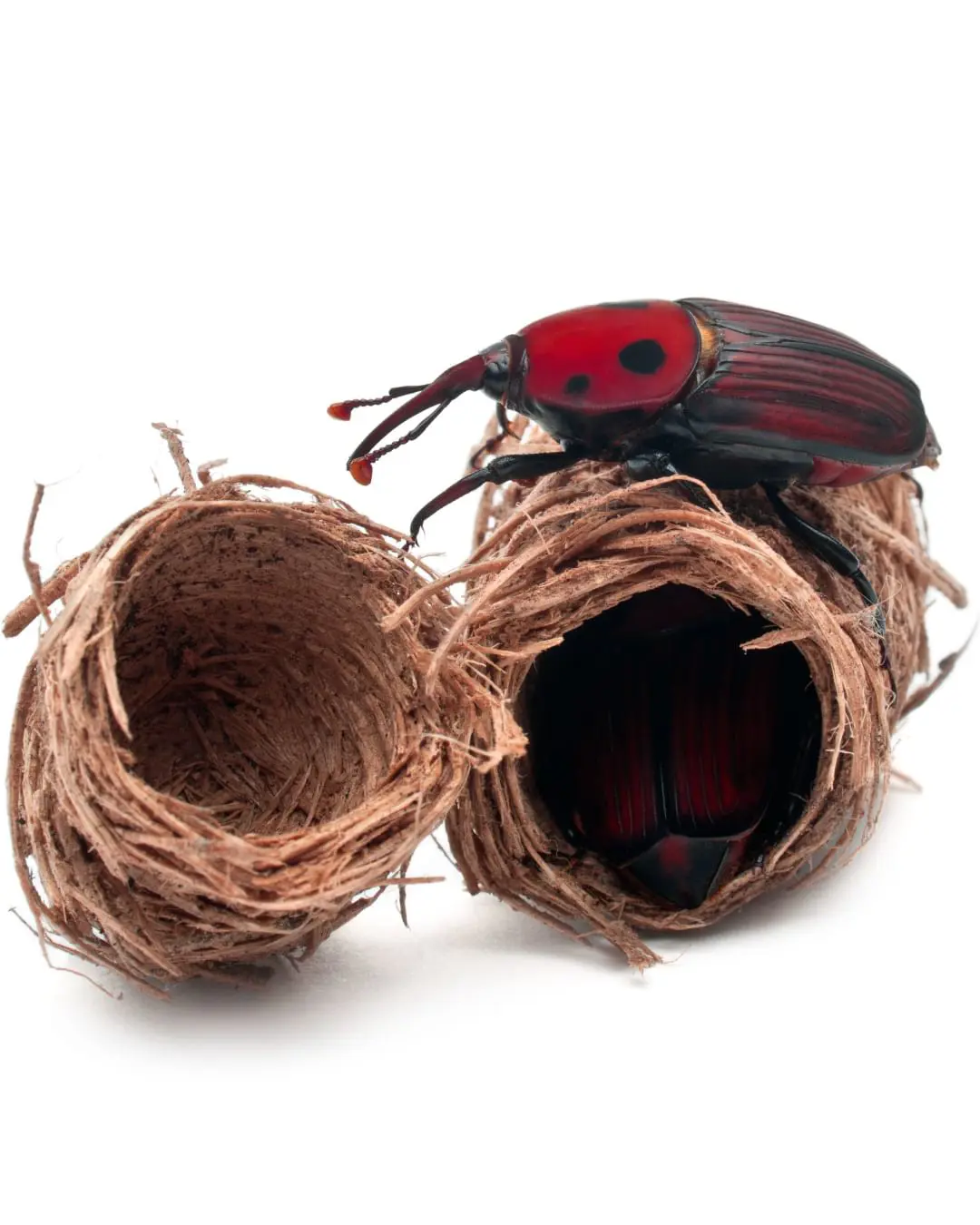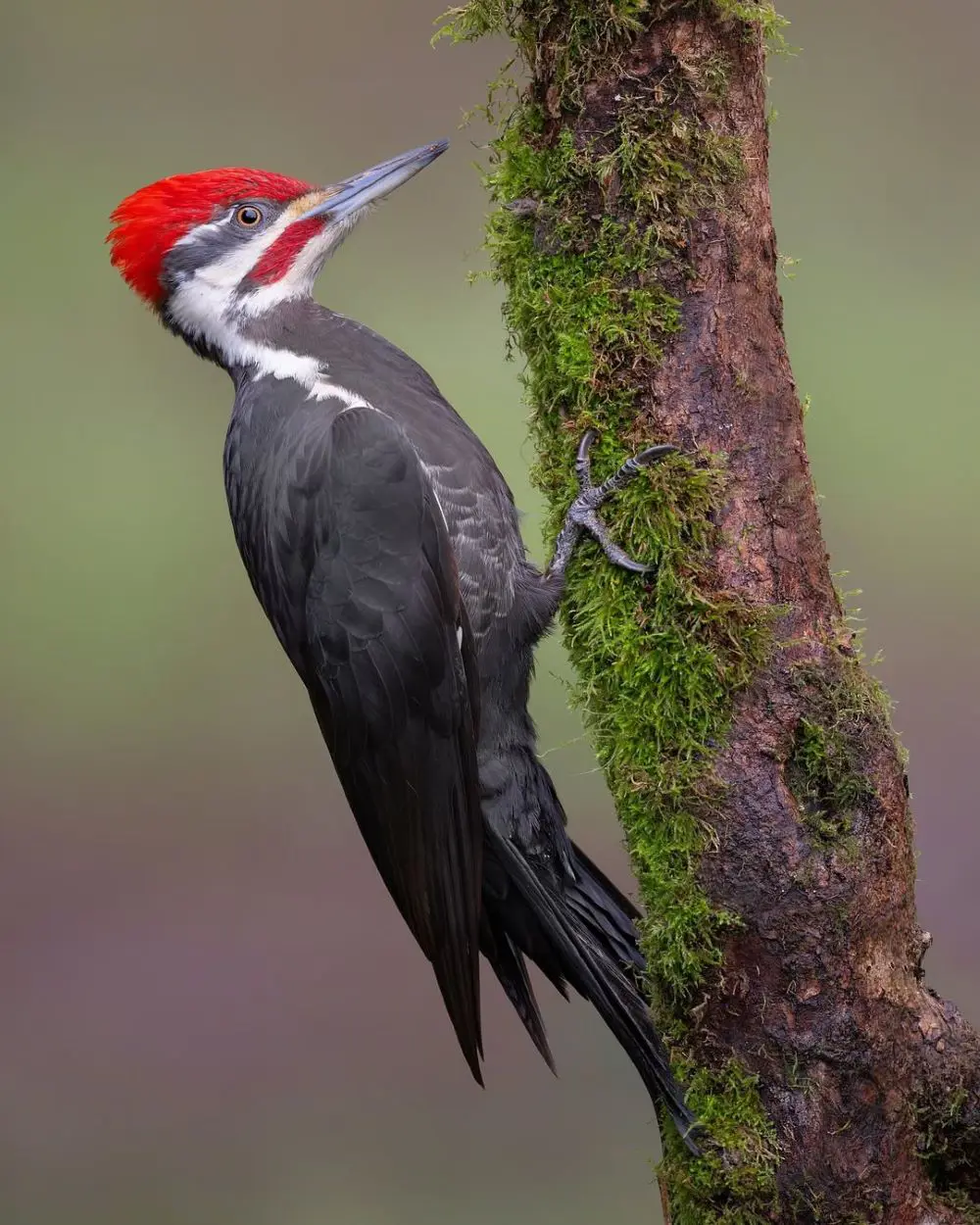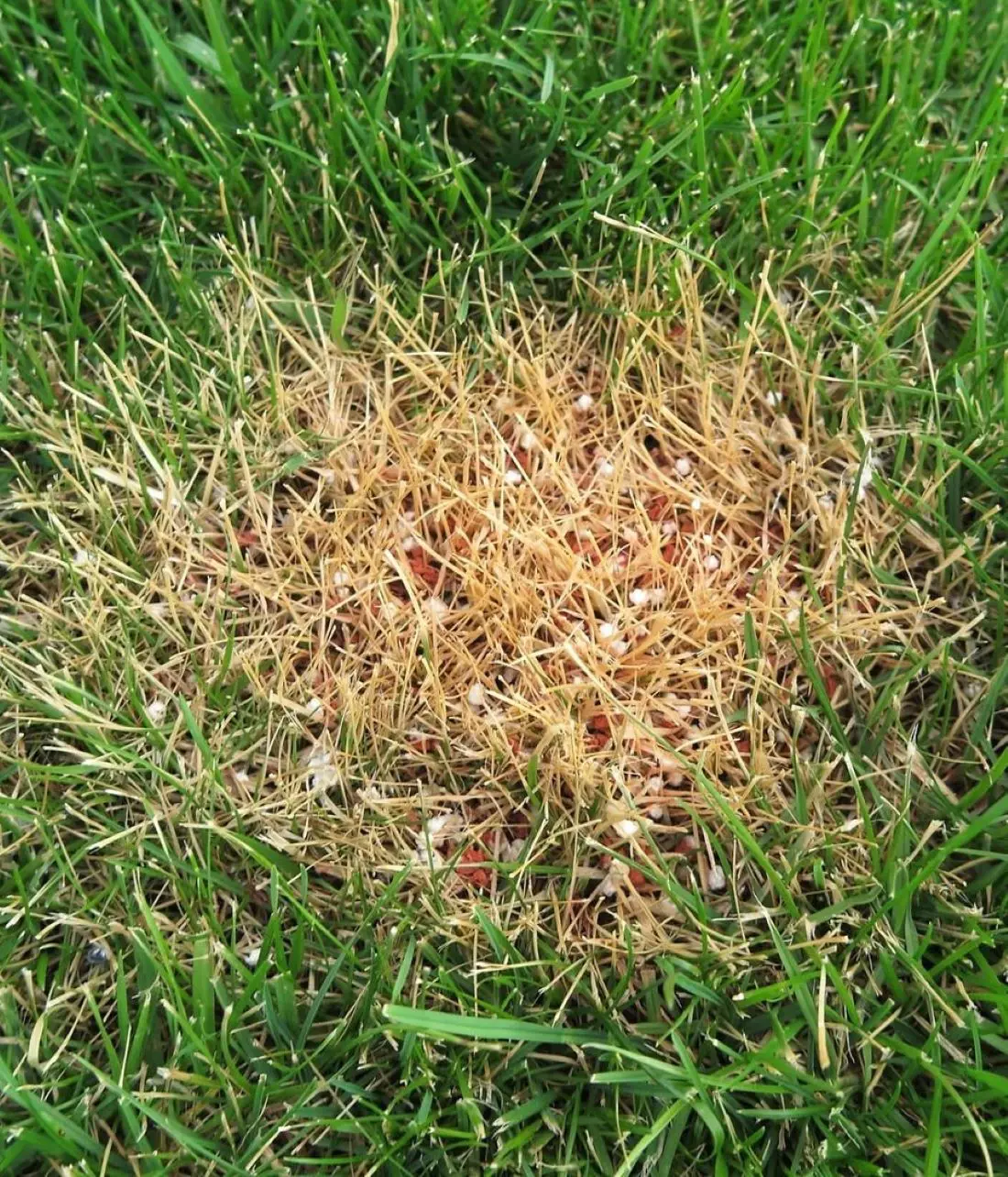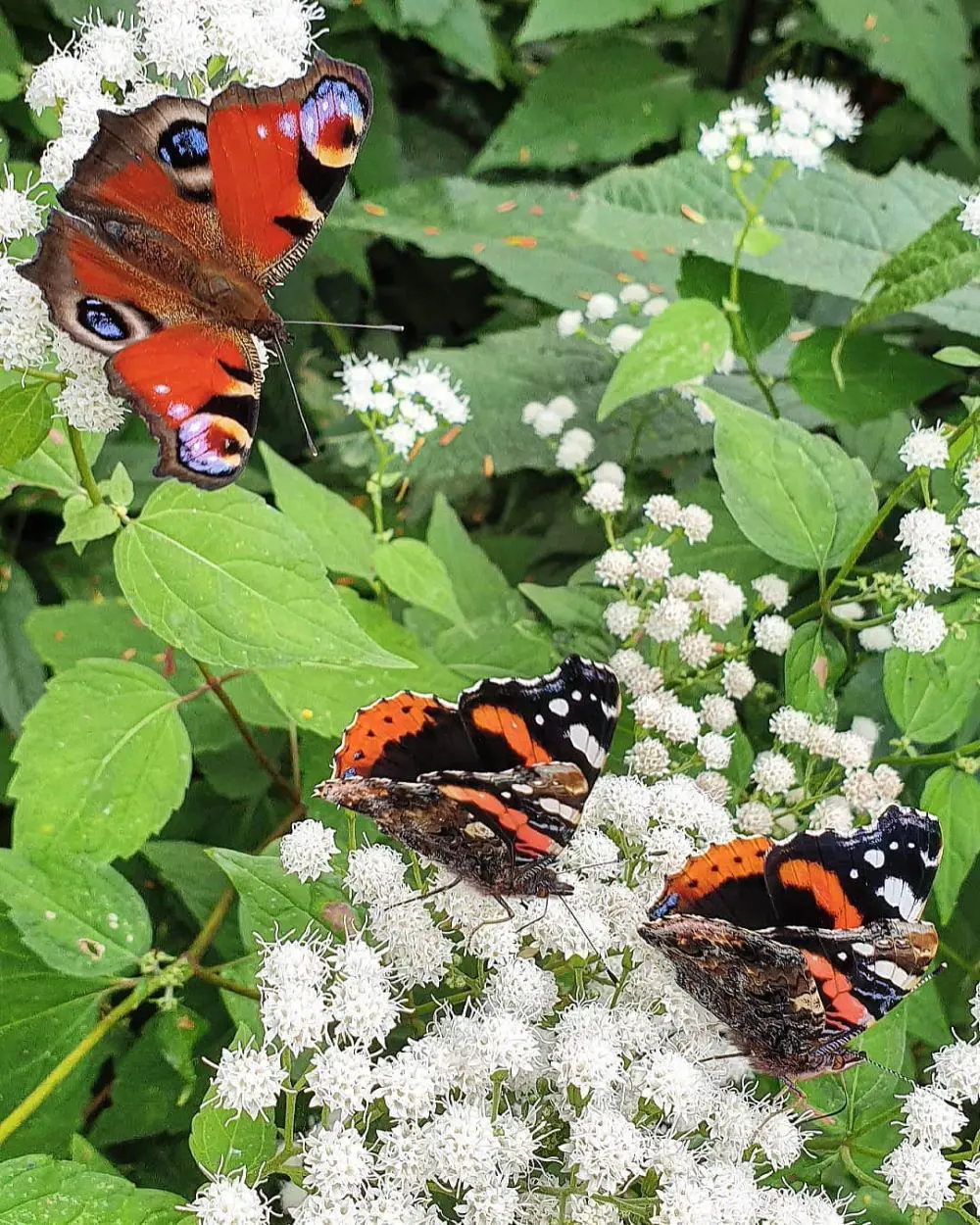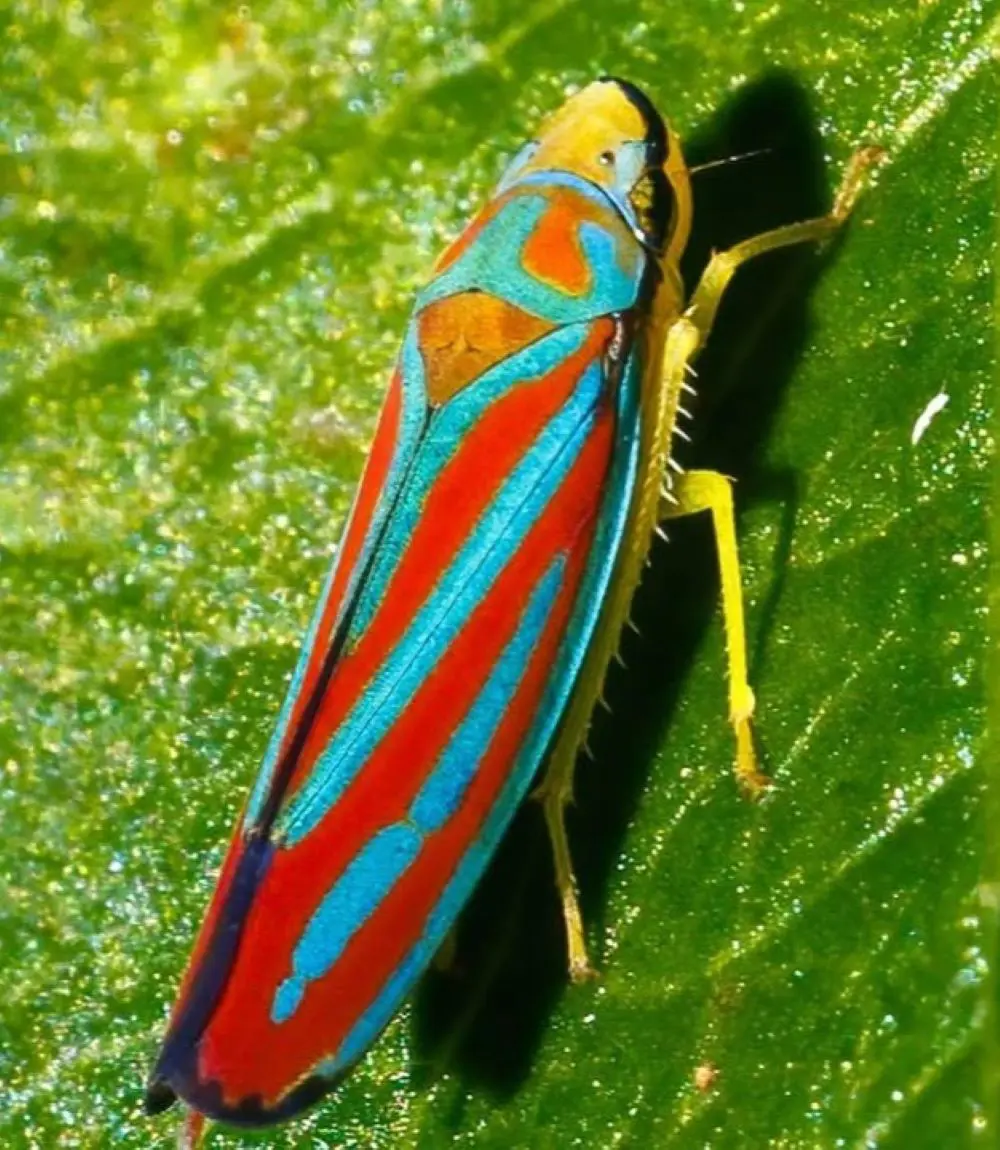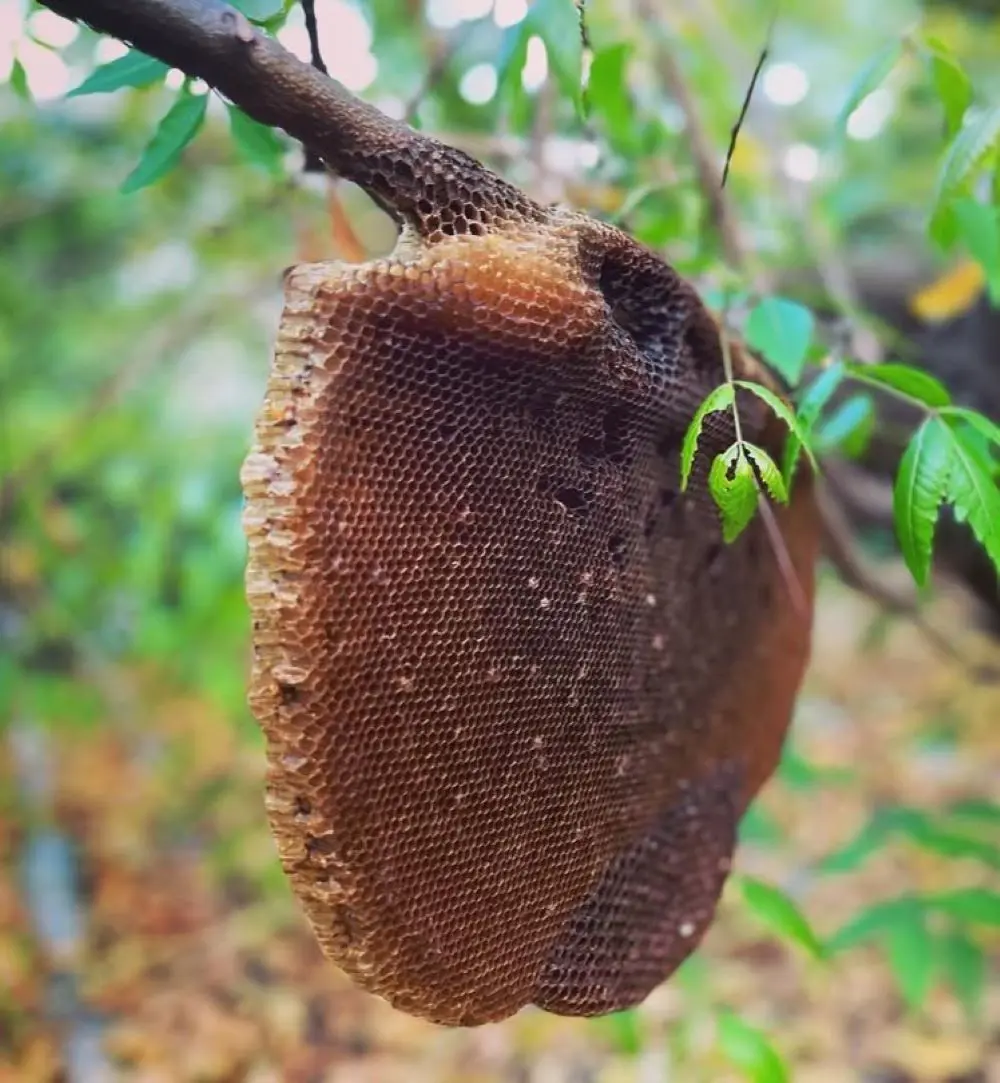How to Get Rid of Weevils in Your Yard Naturally

Yards can be infested with these weevils but the good news is you can easily control them through natural pest control. Below is a comprehensive guide on how to deal with weevils without using chemicals:
1. Encourage Health of the Soil and Plants
Healthy soil and plants are the basis for having a healthy yard. Weevils are drawn to plants that are under stress or in any way unhealthy. For optimal plant health, it is necessary to encourage well-drained soil with good organic content.
It is recommended to change the soil with compost or well-rotted manure at least once a year to enhance its richness and porosity. Well-nourished plants are more resistant to pests and therefore withstand weevil damage better.
2. Manage Moisture Levels
Weevils are known to prefer conditions that are relatively humid. To reduce their habitat, ensure that the yard has proper drainage. Do not water your plant too much and look for any drainage problems in the garden beds. Siphon off extra water in trays or containers to ensure that weevils do not find a suitable place to lay eggs. It will be important to ensure that irrigation is properly done to avoid accumulation of moisture which is suitable for weevils.
3. Remove Debris
They are usually found and breed in garden residues such as fallen leaves, twigs, and plant debris. You should maintain your yard by sweeping, gathering and disposing or burning of the leaves, twigs and other organic materials.
Maintenance of the garden as clean as possible minimizes breeding of weevils and other pests in the garden area. Composting should be a routine affair to ensure it is attended and mixed to prevent harboring of weevil breeding conditions.
4. Use Beneficial Insects
Weevil can also be controlled by beneficial insects. Such methods as use of predatory beetles or nematodes should be adopted in your garden. These beneficial insects feed on weevil and larvae, hence reducing the population of the weevils in the crops.
For instance, nematodes are small worms that act as parasites for weevil larvae and thus controlling their numbers. Buy these beneficial insects at garden shops or order them online and apply them as it is advised.
5. Apply Diatomaceous Earth
Also known as DE, this is a white, fine powder made up of fossilized diatoms. It operates through killing the insects by destroying their outer covering known as exoskeletons and hence suffocating them.
Spread food-grade diatomaceous earth around the affected areas of the yards. You should concentrate on regions where you have observed the presence of Weevils. After heavy rain or watering of area, reapply to ensure effectiveness of control.
Make sure that you are using food grade DE as the other types can be toxic to both humans and animals.
6. Companion Planting
Planting crops that have a natural repellent to pests is known as companion planting. Certain flowers including marigolds, lavender, and rosemary have been identified to repel weevils and other pests that infest the garden.
Growing these plants near your vegetables or any other vulnerable plant can effectively prevent weevils from attacking your crops. Identify plants that repel pests and ensure you include them in your garden.
